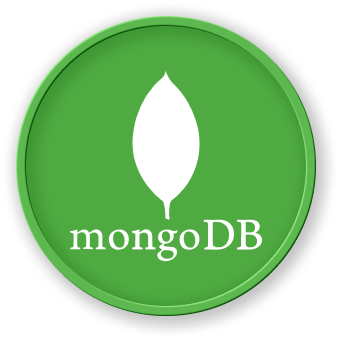Document Modeling Patterns
Overview of Document Modeling Strategies
Document modeling in MongoDB requires careful consideration of data relationships and access patterns. This section explores various strategies for structuring embedded documents effectively.
Common Modeling Patterns
1. One-to-One Embedding
## Example of one-to-one embedding
user_profile = {
"_id": ObjectId(),
"username": "johndoe",
"personal_info": {
"full_name": "John Doe",
"date_of_birth": "1990-01-01",
"passport_details": {
"number": "A1234567",
"expiry_date": "2030-01-01"
}
}
}
2. One-to-Few Embedding
## Addresses embedded in user document
user = {
"_id": ObjectId(),
"name": "Alice Smith",
"addresses": [
{
"type": "home",
"street": "123 Main St",
"city": "Techville",
"country": "Codeland"
},
{
"type": "work",
"street": "456 Tech Road",
"city": "Innovate City",
"country": "Codeland"
}
]
}
Modeling Pattern Comparison
| Pattern |
Use Case |
Pros |
Cons |
| Embedding |
Small, relatively static data |
Fast reads |
Limited to 16MB |
| Referencing |
Large or frequently changing data |
Flexible |
Requires multiple queries |
| Hybrid |
Complex relationships |
Balanced approach |
More complex design |
Decision Flowchart for Modeling
flowchart TD
A[Start Document Modeling] --> B{Data Size}
B --> |Small Data| C[Consider Embedding]
B --> |Large Data| D[Consider Referencing]
C --> E{Update Frequency}
D --> F{Relationship Complexity}
E --> |Rarely Updated| G[Embed]
E --> |Frequently Updated| H[Use References]
F --> |Simple| I[Embed]
F --> |Complex| J[Use Hybrid Approach]
Advanced Modeling Techniques
Denormalization Strategies
## Example of denormalized product document
product = {
"_id": ObjectId(),
"name": "Smart Watch",
"price": 199.99,
"manufacturer": {
"name": "TechGiant",
"contact": {
"email": "[email protected]",
"phone": "+1-800-TECH"
}
},
"recent_reviews": [
{
"user": "johndoe",
"rating": 4.5,
"comment": "Great product!"
}
]
}
Practical Considerations
When to Embed
- Small, infrequently changing data
- Data that is always accessed together
- One-to-few relationships
When to Reference
- Large datasets
- Frequently changing data
- Complex relationships
- Data that exceeds 16MB limit
- Embedded documents reduce the number of queries
- Minimize the depth of embedded documents
- Consider query patterns when designing the model
LabEx Recommendation
When designing document models in LabEx projects, always:
- Analyze access patterns
- Consider data growth
- Balance between read performance and data flexibility
By mastering these document modeling patterns, developers can create more efficient and scalable MongoDB database designs.

